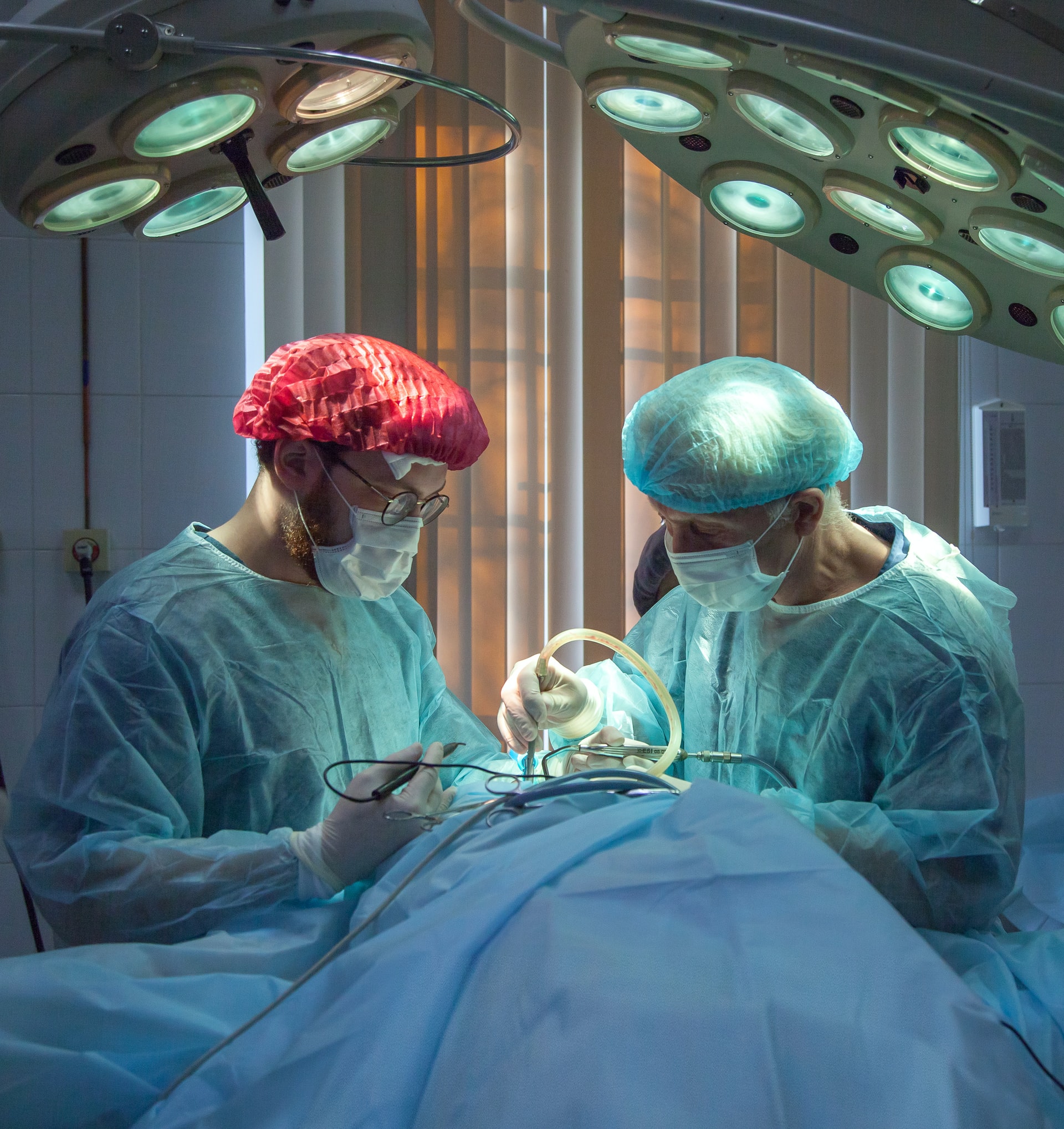After the 2009 Covid epidemic outbreak, many people felt compelled to learn more about the various types of medical devices. Especially those that are readily available in case of an emergency and can be of use to them in a variety of ways. When it comes to medical products, there is a wide range of
After the 2009 Covid epidemic outbreak, many people felt compelled to learn more about the various types of medical devices. Especially those that are readily available in case of an emergency and can be of use to them in a variety of ways. When it comes to medical products, there is a wide range of options compared to pharmaceuticals.
Depending on the medical device, it may never come in and out of direct contact with the patient, or it may only interact with them for a brief period of time.
Take a closer look at some of the most widely used medical devices. The information will help you in the future as there will be a wider variety of medical devices to choose from.
1. Life-Sustaining Devices
The purpose of this type of medical equipment is to keep a patient’s body in working order. In the absence of life support, the patient’s organs and systems would be unable to function. There are many types of life support machines available in the medical industry today, including the following:
- Cardiopulmonary Bypass (CB) Devices – These are the Heart-lung Machines machines that temporarily replace a patient’s lungs or heart during surgery.
- Dialysis Machines – People who have had their kidneys damaged and are unable to perform their functions need a dialysis machine.
- Incubator-This medical device is used for neonatal intensive care and is intended to duplicate the ideal conditions for the development of newborn babies.
2. Medical Equipment For The Lab
Medical laboratory devices are specialized types of lab equipment having delicate parts based on an injection molded abs technology. They are used in a wide range of medical clinics and diagnostic labs. They are meant to examine bodily fluids such as urine, blood, genes, and other samples. The staff is directed to wear safety tools like goggles, medical gloves china, and caps.
Here are some examples of laboratory equipment used under the best clean room maintenance
guidlines in the field of medicine.
- Drug testing analyzers
- Coagulation analyzers
- Hematology analyzers
- Urinalysis analyzers
- Microbiological system
- Blood gas analyzers
- Chemistry analyzers
- Blood collection supplies
- Electrolyte analyzers
- Differential counters
3. Medical Equipment For The Treatment
They are typically used to treat a specific medical condition.. This procedure makes use of cutting-edge technology to correct any abnormalities in the body’s organs or tissues and get them back to working order. Patients who need surgery for a specific condition may also benefit from the surgical supplies needed to perform the procedure.
Procedures such as surgery can also be performed using the treatment equipment.
The following are some examples of treatment equipment:
- Medical Lasers – When it comes to the medical industry, lasers are a vital tool in the toolbox.
- Glasses and goggles are also required (especially for the operation team)
- The Gauze and drapes (for patients).
4. Durable Medical Equipment (DME)
A physician’s prescription is required before a DME can be used to treat a specific condition or illness. Equipment that is long-lasting and can be used for patient care is known as durable medical equipment. It is possible to find a wide range of durable medical equipment such as.
- Electric or manual wheelchairs
- A breast pump
- Nebulizers
- The patient lifts
- Beds in a hospital
- Lights and blankets
- Kidney Machines
- Canes, Walkers, crutches, and canes
- Traction equipment
- Oxygen tanks that are either stationary or portable
- Insulin pumps
- Oxygen Concentrators Ventilators
- Mattresses with high levels of pressure
5. Diagnostic Equipment
For example, a medical condition may necessitate the use of a diagnostic device to determine its cause. Magnetic resonance imaging (MRI) machines, temperature sensors, and pacemakers are all examples of diagnostic devices.
The patient is evaluated internally using the appropriate tool and the appropriate diagnostic test is carried out based on the symptoms. A doctor or technician may also use it when they’re trying to figure out what’s causing a patient’s symptoms to appear.
When dealing with medical facilities, you’re likely to come across the following diagnostic tools:
- A medical imaging machine is a piece of medical equipment that uses diagrams and models to help doctors better understand their patients’ bodies.
- In addition to medical imaging machines, other medical devices such as dopplers, patient scales, stethoscopes, and pulse oximetry are also used to diagnose patients.
6. Laceration Kits & Supplies
Lacerations are wounds that are punctured with a cutting instrument. Laceration tools aid in the healing process by cleaning, closing, and protecting wounds. In the majority of cases, the following are included:
- Needles
- Sutures (medical thread)
- Syringes
- Needle-holders
- Medicine cups
- Towels
- Gauze
- Medical tape
- Compartment trays
- Forceps
- Scissors
Tissue adhesive or liquid stitches, both of which are other names for surgical glue, may be an option depending on the type of cut you have. It’s safer and more convenient than stitches to use at home.
Conclusion
Setting up a home or hospital environment to meet a patient’s medical requirements can necessitate quite a bit of equipment. Caregiving can be easier and more rewarding if you and your loved one use the right tools. Maintaining a healthy lifestyle is important even if you are caring for someone else.








Leave a Comment
Your email address will not be published. Required fields are marked with *